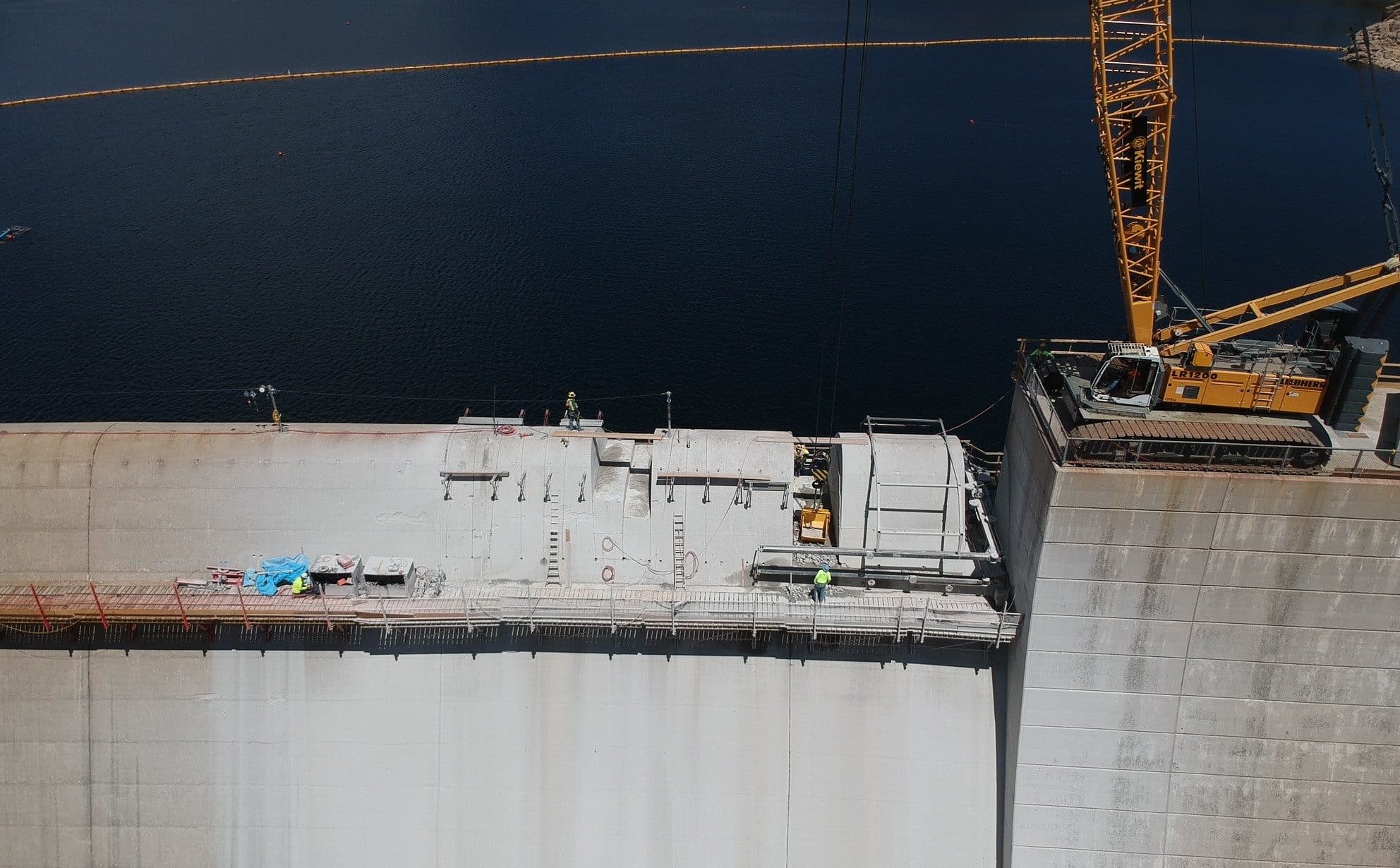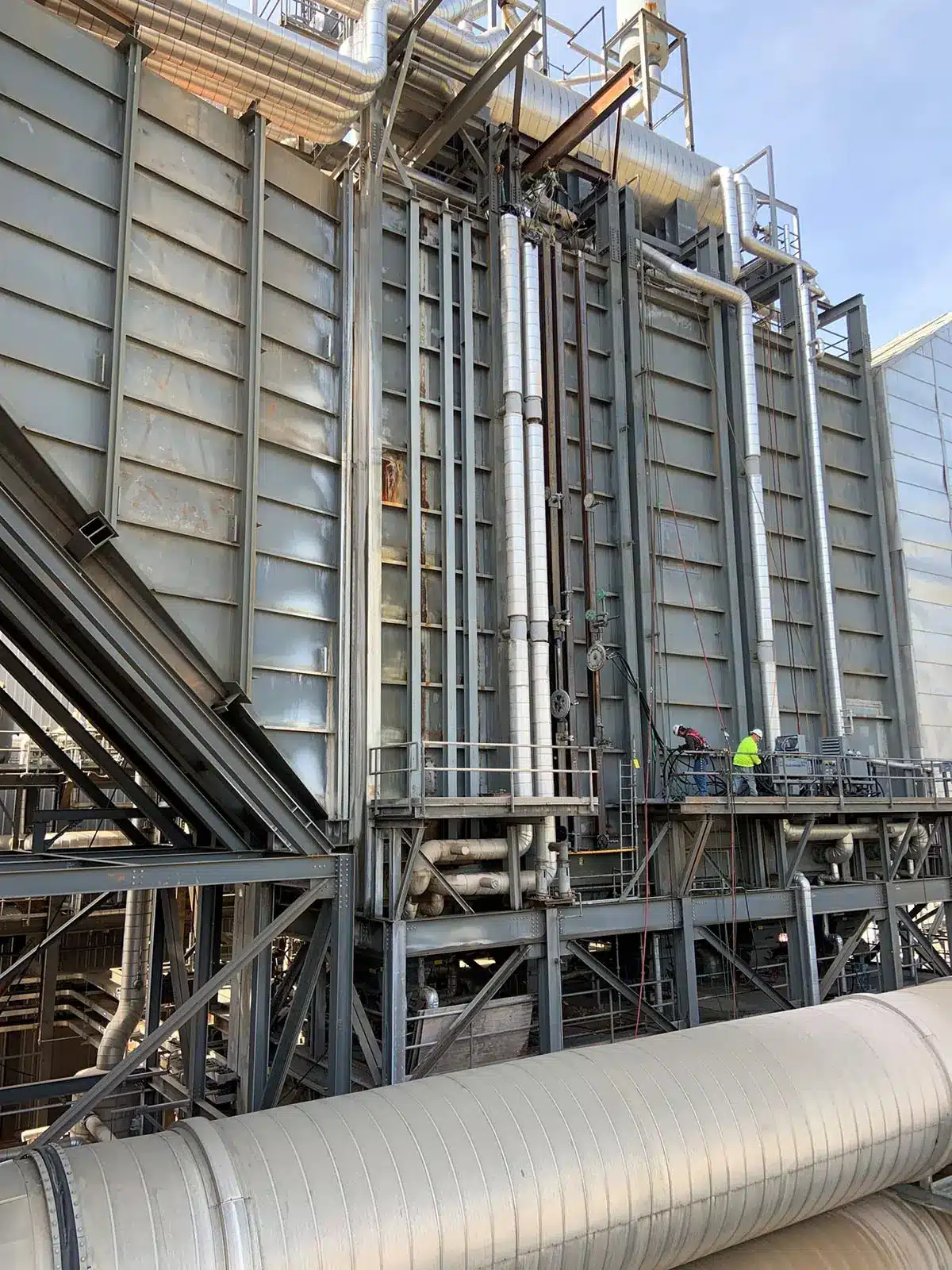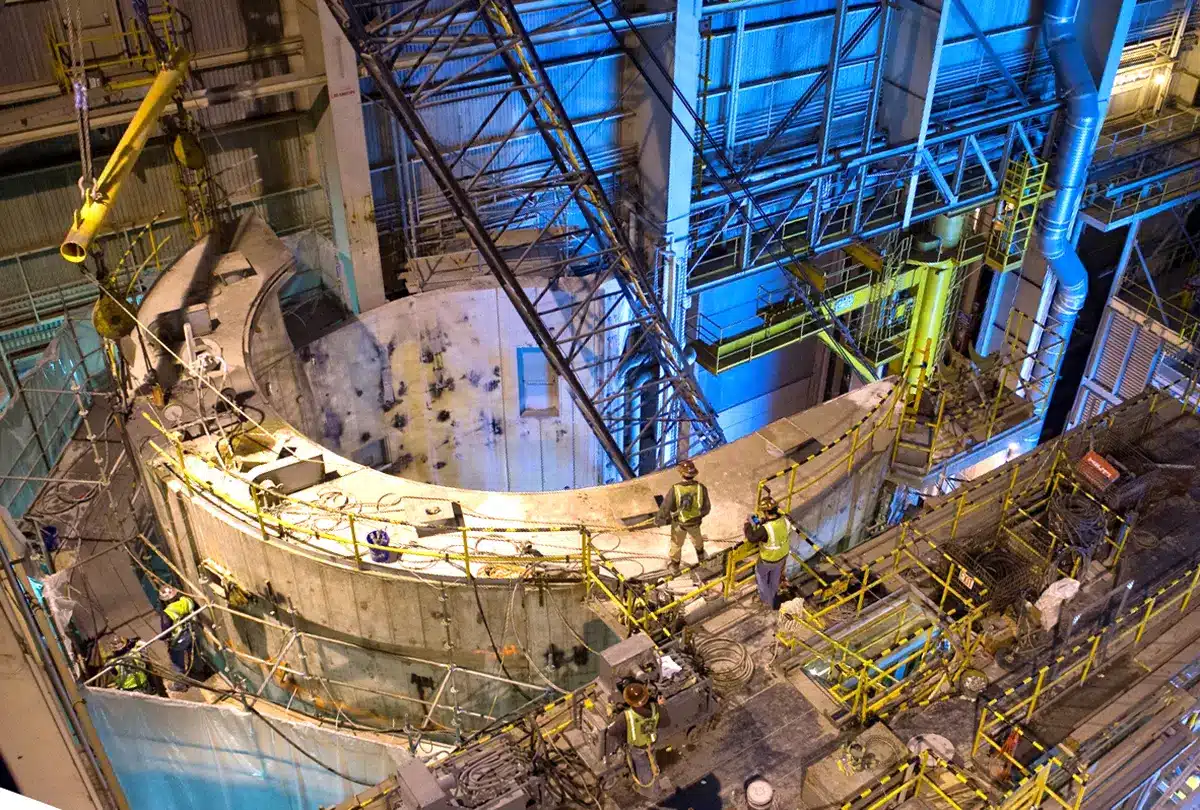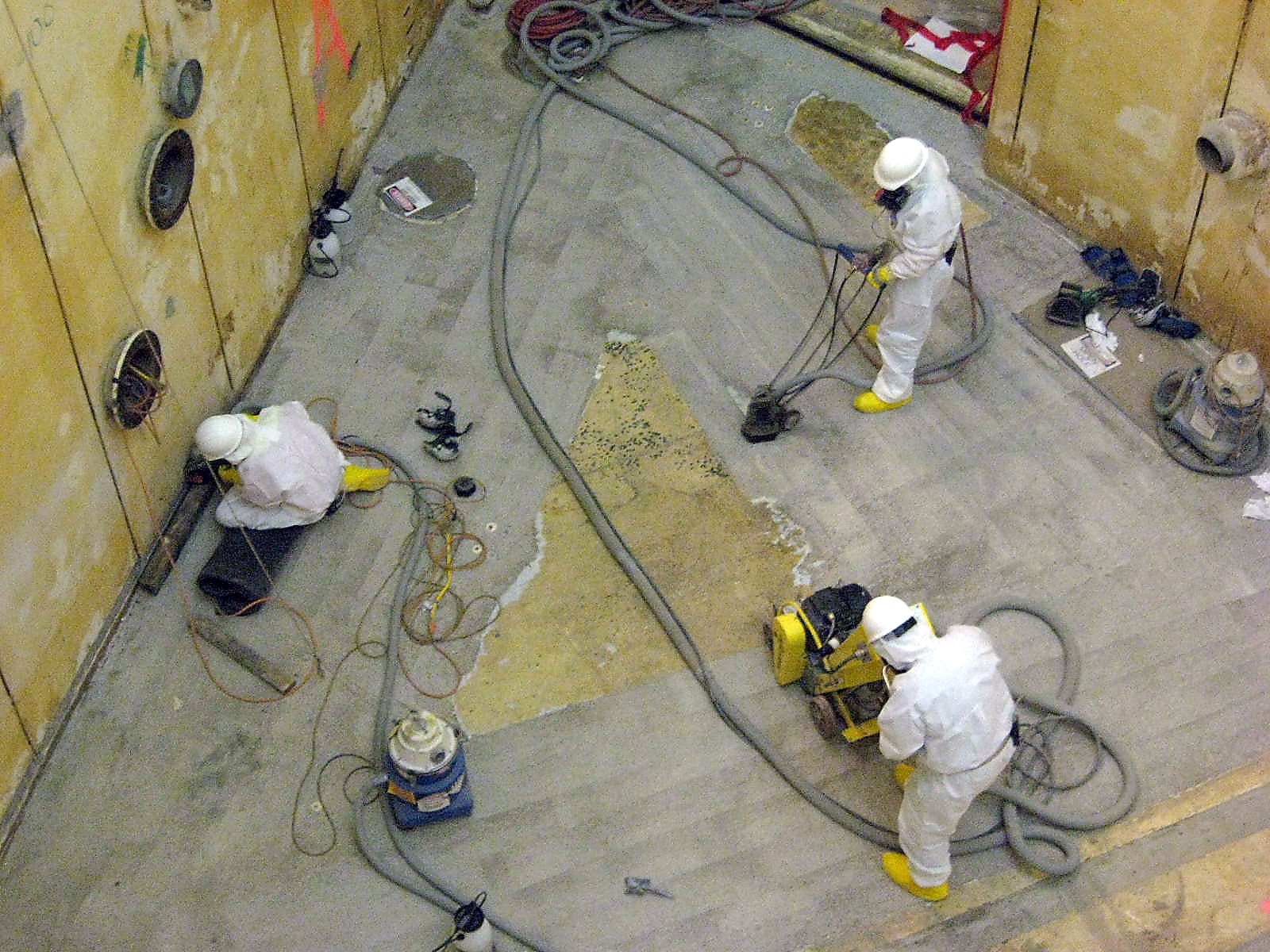 The Gross Reservoir Expansion Project in Boulder County, Colorado, is one of the major elements of Denver’s long-term water supply plan. The project involves significantly increasing the capacity of the dam by boosting its size. However, before it can be enlarged, the top of the dam must be removed. Here are some of the specifics of this project and how Bluegrass Bit Company played a vital role in Phase 1.
The Gross Reservoir Expansion Project in Boulder County, Colorado, is one of the major elements of Denver’s long-term water supply plan. The project involves significantly increasing the capacity of the dam by boosting its size. However, before it can be enlarged, the top of the dam must be removed. Here are some of the specifics of this project and how Bluegrass Bit Company played a vital role in Phase 1.
Denver Water’s Long-Term Supply Plan
Denver Water is Colorado’s oldest and largest water utility, serving a rapidly growing population of over 1.5 million people in the city of Denver and surrounding communities. To help service its community and ensure the future of its water system, the utility has created a long-term supply plan.
Denver Water is the third-largest landowner in the state of Colorado. Its reservoirs are used for both water storage and recreation. The utility has ensured sustainability by encouraging conservation by its customers in combination with its 50-year planning process. Part of its long-term plan is undertaking major expansion projects.
The Gross Reservoir Expansion Project
The Gross Reservoir Expansion Project is one of the most significant parts of Denver Water’s long-term supply plan. Gross Reservoir is located in Boulder County and is owned and operated by Denver Water. It is named for former Denver Water Chief Engineer Dwight D. Gross.
The reservoir was completed in 1954, has a surface area of 440 acres, and receives its water from the western side of the Continental Divide via the Moffat Tunnel. It also provides recreational opportunities, such as kayaking, canoeing, fishing, swimming, and primitive camping.
Through the Gross River Expansion Project, Denver Water aims to provide future water security to its customers, who comprise roughly one-quarter of the state’s population, and boost the net environmental health of the state’s water quality through various initiatives on both sides of the Continental Divide.
Specifically, this project will increase the height of the dam by 131 feet once the project is completed in 2027. By raising the dam’s height, this more than triples the reservoir’s capacity from roughly 42,000 acre-feet to 119,000 acre-feet.
Of the additional capacity added through this project’s expansion, a vast majority will be allocated to the Denver Water customer usage. The rest will go into an environmental pool, which will enhance the stream flow of a 17-mile section of South Boulder Creek and provide additional storage for Lafayette and Boulder.
In past years, excess water flowed out of the state because there was no place to store it. This project will allow Denver Water to store water from spring runoff in Gross Reservoir during average and wet years.
The project received final approval and $531 million in funding from the Denver Board of Water Commission in 2021. Kiewit Barnard Joint Venture was awarded the initial construction manager / general manager contract for the project, and because the team’s performance in this design / planning phase met Denver Water’s expectations, a separate contract for the construction phase was awarded.
Construction began on the project in 2022 and is expected to take five years to complete. Early work on the project involved removing rock on either side of the canyon to make way for the additional concrete that will be installed over and above the existing dam. These activities took place before the intricate demolition in Project Phase 1 could commerce.
Environmental Benefits of the Project
In addition to securing the reservoir’s future for Coloradans, the Gross Reservoir Expansion Project will provide many other environmental benefits. Denver Water has committed to protecting South Boulder Creek, as well as the Colorado, Blue, Williams Fork, and Fraser Rivers.
Denver Water, through various settlements and agreements, has committed to more than 60 different enhancement and mitigation projects on both the East and West slopes at a cost of more than $30 million. Some of these projects include the following.
- In partnership with the cities of Boulder and Lafayette, Denver Water will create a 5,000-acre environmental pool to improve South Boulder Creek’s stream flow during periods of low flow.
- The agency committed $50,000 to improving stream channeling on the Fraser River.
- Denver Water will monitor water quality, stream temperatures, channel stability, and aquatic insects in numerous streams on both the East and West Slopes.
Because of these initiatives, these waterways will be better protected for the future.
Project Phase 1 – Removing the Dam’s Ogee Crest
Construction began on the project on April 1, 2022. Before the additional height could be added to the dam, the top needed to be removed. In Project Phase 1, Bluegrass Bit Company was tasked with removing the dam’s ogee crest. This section measures 13’H x 28’W x 160’L.
We worked from the dam’s narrow crests and platforms secured to the dam’s face. This was hazardous work where each movement of personnel and equipment had to be precisely planned. At the same time, our team had to run its saws simultaneously to prep the massive (up to 60,000 lb.) blocks for removal.
We drilled a 4” core wire access hole through the dam’s width, using these as access points for wire saws. We used those saws to create vertical slots, which were used to hold our patented rail saw frames. Those diamond wire saws would do the precision cutting required on the ogee crest.
With two vertical and two horizontal saws stacked into position, the machines were run simultaneously in a way that accelerated cutting time and allowed for material removal as cutting took place. Thanks to the efficient planning and execution of our Bluegrass technicians, over 20,000 square feet of concrete was cut into blocks and removed as planned with no safety incidents.
Worldwide Precision Demolition Experts
Bluegrass Bit Company has the expertise and resources to take on any precision demolition job of any scope, anywhere in the world. Founded in 1979 and headquartered in Greenville, AL, we are known globally as an authority in demolition and decommissioning using diamond-wire sawing as a non-explosive technique for cutting metal and concrete, a method we are also able to deploy underwater.
Contact us today to discuss your project and learn more about how our reputation for problem-solving can benefit your business.




